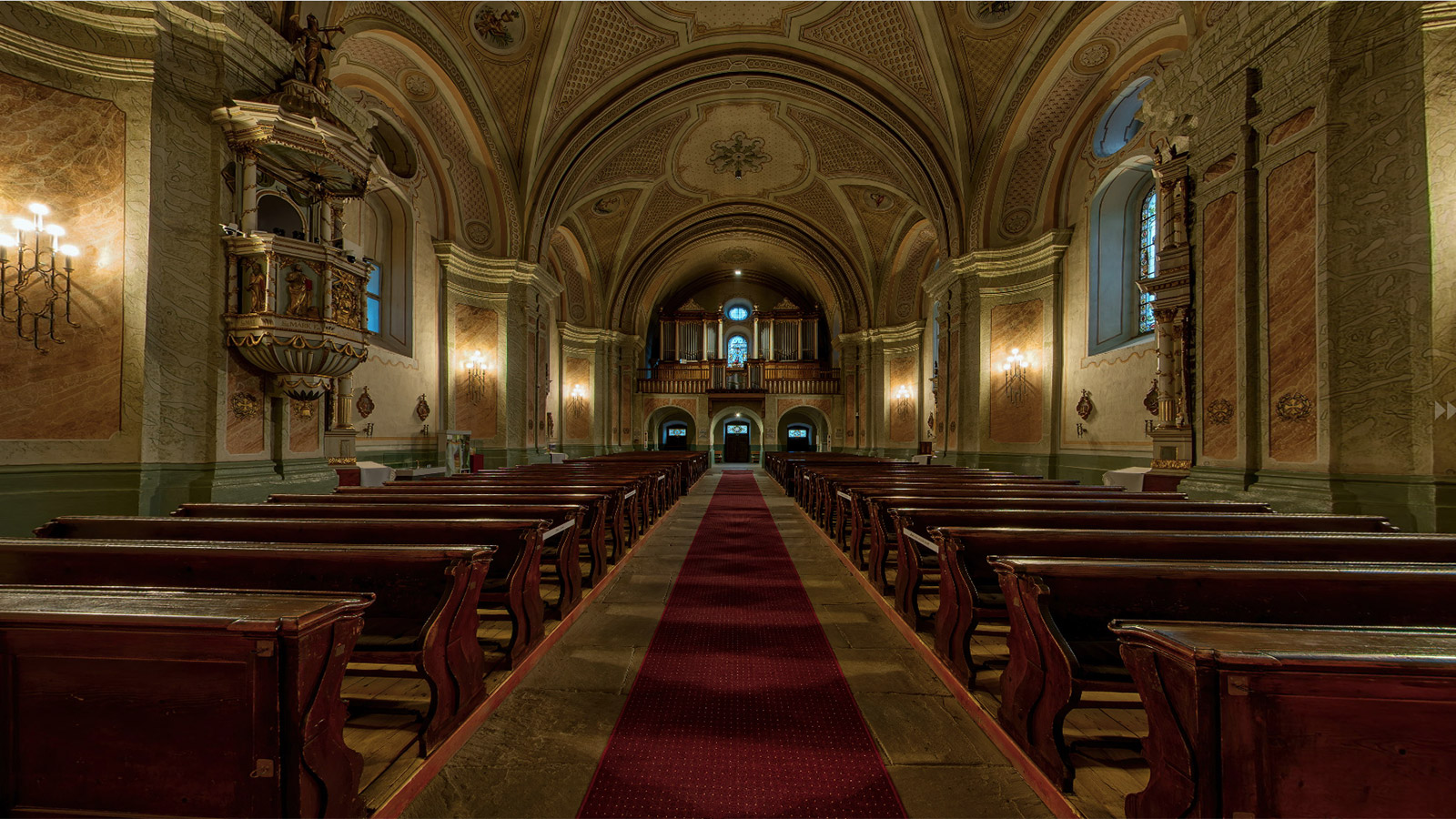Franciscan Monastery – Șumuleu Ciuc(Csíksomlyó)
We don’t know the exact date when the original church was built but we have information on the first reconstruction of the church between 1442 and 1448 due to Tatar invasion.
In that period a bigger Gothic church and a small Gothic monastery were constructed. János Hunyadi, voivode of Transylvania, helped in the construction of the church in gratitude for winning the battle against the Turks in 1442. It was consecrated in 1448 in honour of Sarlós Boldogasszony.
From 1440, the church and the monastery were surrounded by strong stonewalls. To this place the people of the region made their escape from the repeated invasions between the 16th and 17th centuries. The Gothic church and monastery were restored and amplified several times between the 17th and 18th centuries. The structure that exists today was built between the years 1773 and 1779.
The church with its Gothic style existed until 1802; its material was built into the present Baroque church. The construction of the Baroque Pilgrimage Church was started in 1804 according to the plan of the engineer Konstantin Schmidt. The furnishing was made by Miklós Papp, painter and sculptor from Brassó.
The most important creation of the Pilgrimage Church is the statue that represents the Virgin Mary. This was made of linden wood in Renaissance style between the years 1510 and 1515. The artist who created it is unknown. Its height is 227 cm and it is the highest of all statues known in the world. It represents the Lady Dressed in the Sun who has the moon under her feet and a wreath made of twelve stars around her head. There is also a crown on her head, in her right hand a scepter, in her left arm her Holy Son, the baby Jesus. In 1798 it was recognized as miraculous by the bishop Ignác Batthyány and he gave her the following name: “Wonderful and helpful Mother in protecting against heretics”.
The crypt was built in 1732 and expanded in 1838. In the crypt there are ashes of Franciscans, but long ago it was the burial place of laity benefactors of the monastery. The original bells of the Pilgrimage Church were brought down in December 17, 1916 by the army to be made into cannons. The new bells were brought in 1924.
The chapel was constructed in honour of Saint John of Nepomuk and was built by Imre Salamon in 1767. When they built the new church, the chapel of 4.44 m long and 3.27 m broad was transported to an empty place in front of the facade of the church.

